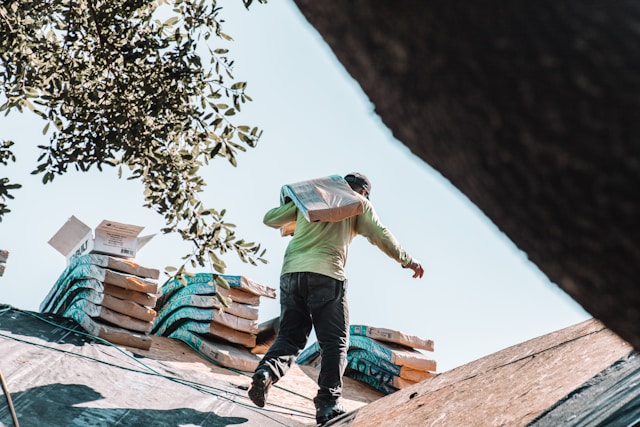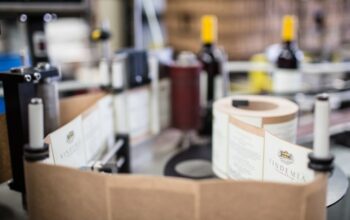Table of Contents:
- Understanding the History of Roofing Materials
- The Importance of Roof Safety Today
- Innovative Roofing Technologies Enhancing Safety
- Sustainable Roofing and Environmental Considerations
- The Role of Professional Roof Inspections
Understanding the History of Roofing Materials
From the thatched roofs of medieval homes to the straw and mud of early habitation constructions, roofing materials have a long history. New materials were introduced by each architectural era, influenced by local availability and the changing demands of societies for structure and shelter.
The advent of the Industrial Revolution brought about a change in roofing materials. Because of their durability and strength, metals like steel, copper, and lead eventually changed the commercial roofing industry. Modern technologies have refined these materials and introduced advanced polymers, composites, and other engineered products that promise even better performance. Residential and commercial property owners benefit from these innovations, enjoying safer and more energy-efficient homes and buildings backed by improved practices such as structural monitoring building that help predict and prevent potential roofing failures.
The Importance of Roof Safety Today
Roof safety remains a crucial factor in construction and maintenance, carrying profound implications for worker well-being and the structural integrity of any building. The significance of roof work being conducted safely must be emphasized. This includes the potential for falls and risks from electrical hazards, material handling, and weather-related dangers. Rooftop mishaps are among the most severe in the construction sector due to the heights involved and the potential for life-altering injuries or fatalities.
As the construction industry evolves, it invests in technologies and best practices that enhance safety. The goal is to mitigate risk, from personal protective equipment (PPE) such as harnesses and guardrails to comprehensive training programs that teach the latest safe work practices. Homeowners and building managers, often the overseers of any roofing work, now hold a solemn responsibility to ensure that those working above them are fully qualified and have the safest possible conditions in which to operate.
Innovative Roofing Technologies Enhancing Safety
The roofing sector has seen considerable innovation, with new materials and technologies focusing on safety and efficiency. Modern roofing composites now integrate features such as enhanced fire resistance, wind uplift resistance, and superior load-bearing capabilities, all critical in ensuring a safe and durable roof. Advanced insulating materials also contribute to a more robust roofing system, minimizing risks related to heat and energy inefficiencies.
Innovative technologies extend beyond materials. A growing trend involves the use of intelligent technology in the roofing industry. These systems leverage sensors, IoT devices, and big data analytics to monitor roofing conditions in real time, allowing for predictive maintenance that can detect flaws before they become safety concerns. Using drones for roof inspections also vastly reduces the risk to human inspectors, providing detailed imagery of otherwise inaccessible roofing areas.
Sustainable Roofing and Environmental Considerations
Sustainability in roofing is more pertinent now than ever, with the industry facing increasing pressure to reduce environmental impacts. In addition to lowering a building’s carbon footprint, eco-friendly roofing solutions frequently increase energy efficiency. Materials that can be recycled at the end of their useful lives, like metal roofing, recycled shingles, and “cool roofs” that reflect more light and retain less heat, are becoming more and more common.
The Role of Professional Roof Inspections
Proactive maintenance is vital in extending the life and safety of any roofing system. Professional roof inspectors offer an indispensable service by diagnosing problems early, recommending repairs, and certifying the safety of a roof, whether it’s for compliance, warranty purposes, or routine maintenance. Inspections can spot issues such as missing or damaged shingles, improper flashing, compromised gutters, and unsuspected leaks, all of which could lead to more extensive systemic failures if left unattended.
Property owners need to integrate periodic professional inspections into their maintenance routines. These assessments can significantly extend a roof’s lifespan and avoid the potential cascade of damages that can arise from neglected roofing issues. It’s equally important to choose reputable inspection services, as the expertise and thoroughness of the inspector can be a determining factor in the ongoing safety and performance of the roofing system.




